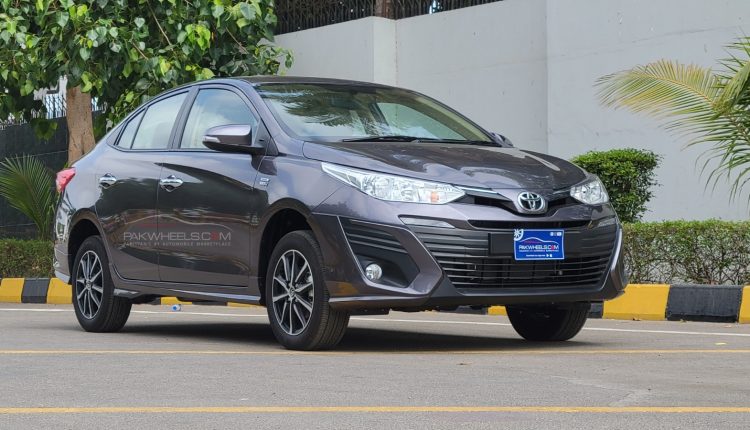The automotive sector remains under pressure, grappling with reduced demand and escalating costs. Amidst these challenging circumstances, established players like Toyota Indus Motors are making strategic shifts to stay ahead.
Indus Motors recently reported a 56% increase in earnings per share (EPS), reaching Rs 191.76, despite 33% drop-in total units sold compared to the previous year. This performance underscores the company’s successful efforts to optimize margins and maintain profitability, even with lower sales volumes.
Price Hikes and Margin Optimization
A deeper look reveals that Indus Motors strategically raised vehicle prices, allowing the company to enhance its margins and offset declining sales. While this move may have sparked concerns over affordability for consumers, it effectively boosted the company’s profitability.
From Losses to Profits: A Remarkable Turnaround
During the first quarter of the previous fiscal year, Indus Motors faced a dire situation, recording a gross loss due to selling cars below production costs, with an average loss of Rs 265,000 per unit. By the end of the same fiscal year, the company achieved a dramatic turnaround, securing an average profit of Rs 731,500 per unit. This shift was largely driven by improved margins and increased sales.
Indus Motors’ successful turnaround can be attributed to several strategic changes, particularly its revised pricing strategy, which significantly improved margins and profitability. The company likely also implemented cost-saving measures and streamlined production processes to boost efficiency.
Indus Motors has shown remarkable resilience and adaptability in navigating a tough automotive market. By strategically increasing prices and enhancing margins, the company maintained profitability in the face of declining sales.
This approach offers valuable lessons for other manufacturers contending with similar challenges. As the automotive industry continues to evolve, Indus Motors’ ability to innovate and adapt will be critical to its long-term success.
What do you think about Toyota Indus’s approach to maintaining profit charts even with dwindling sales? Tell us in the comments section.





